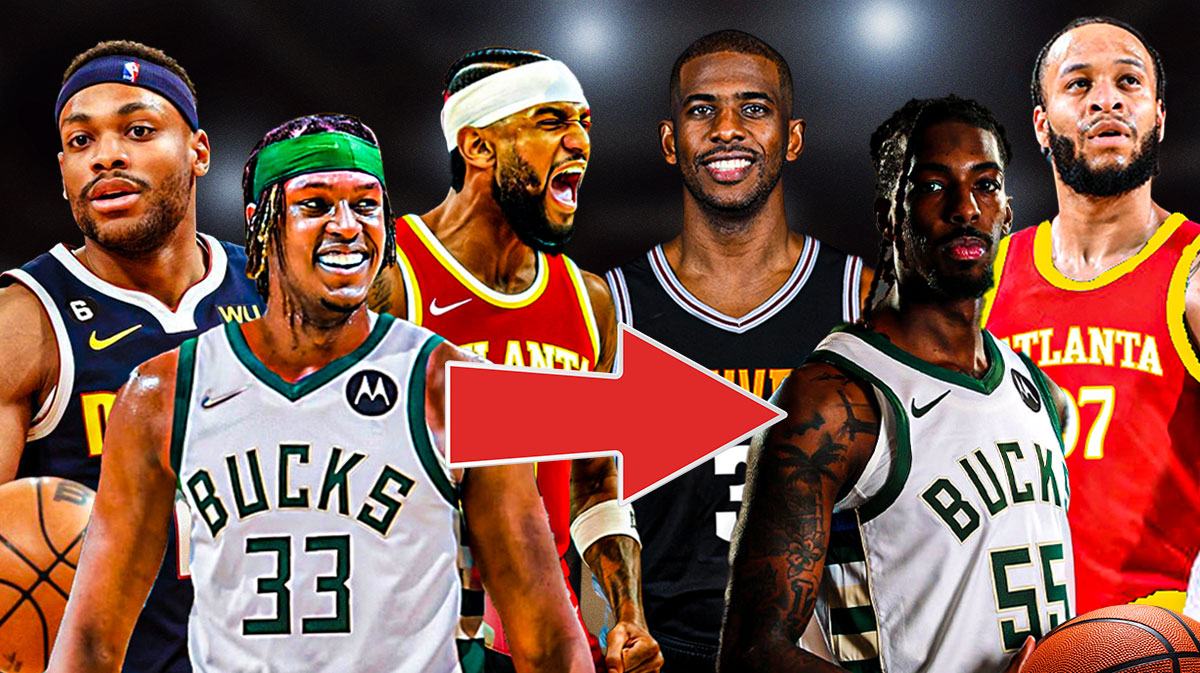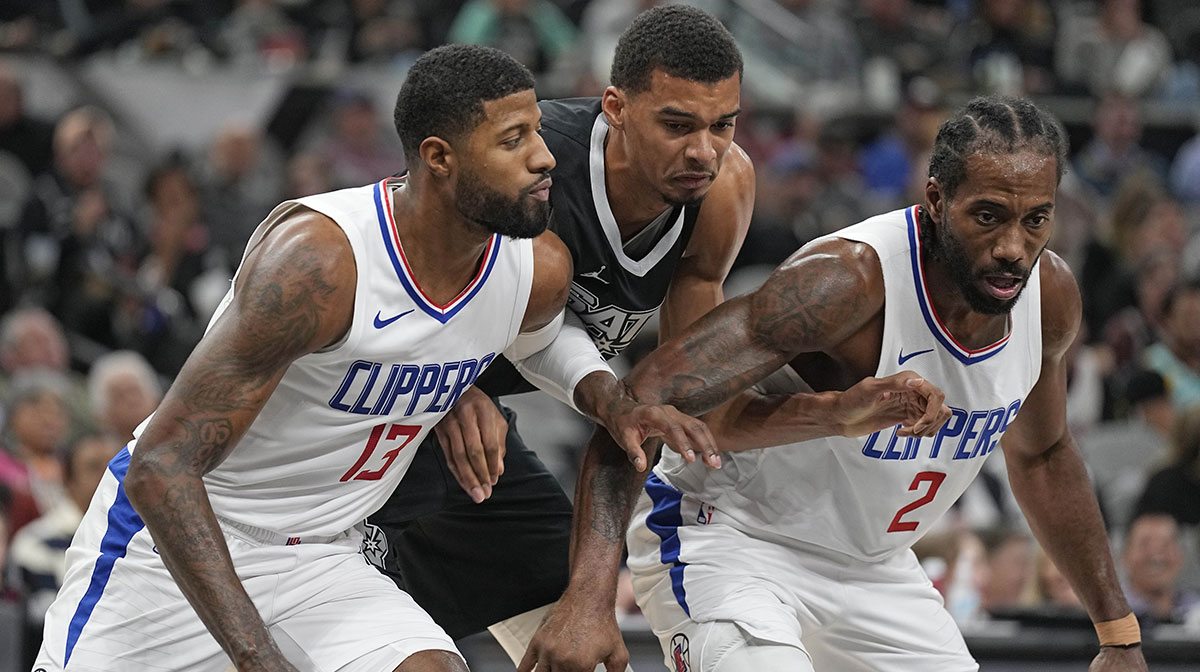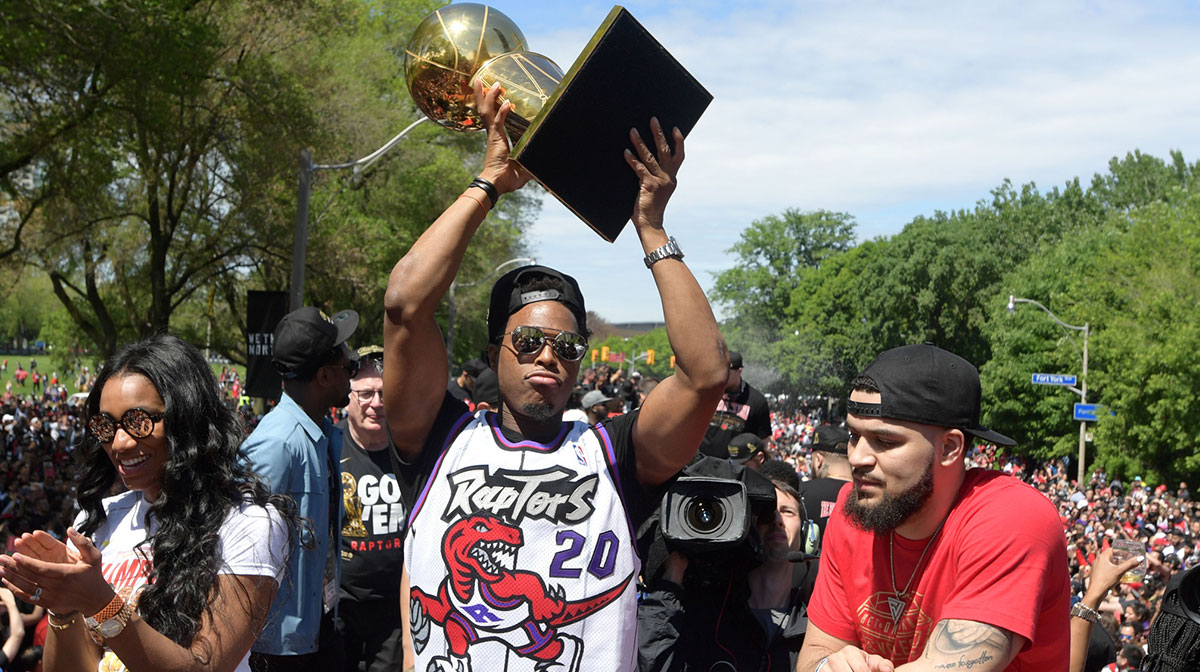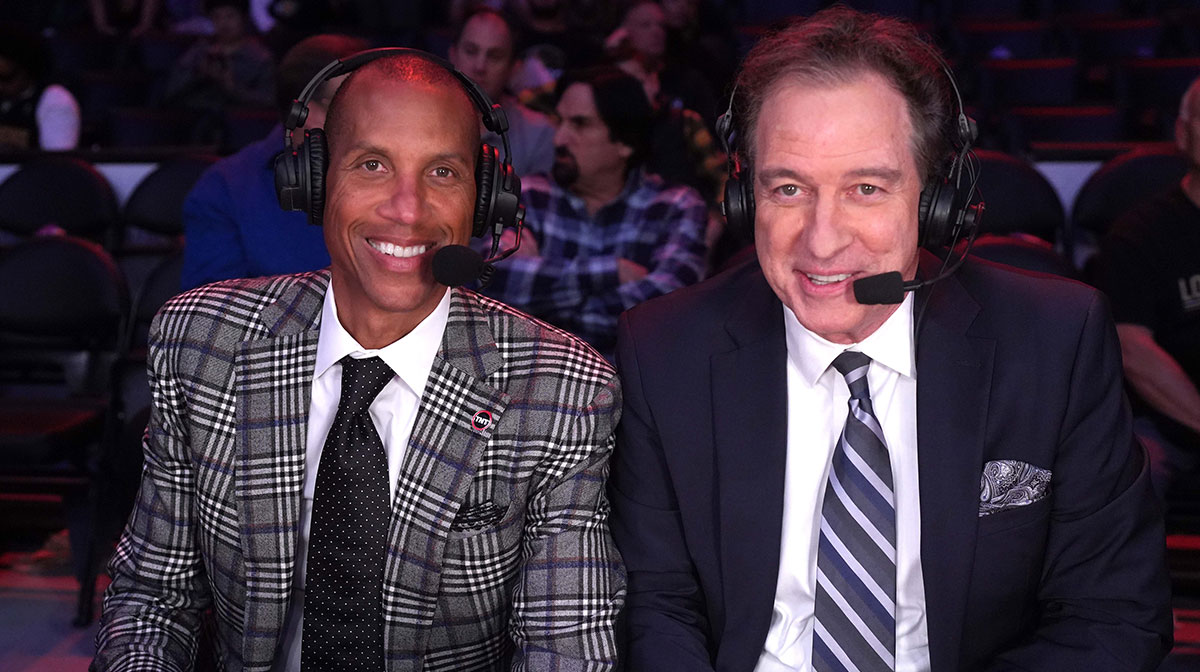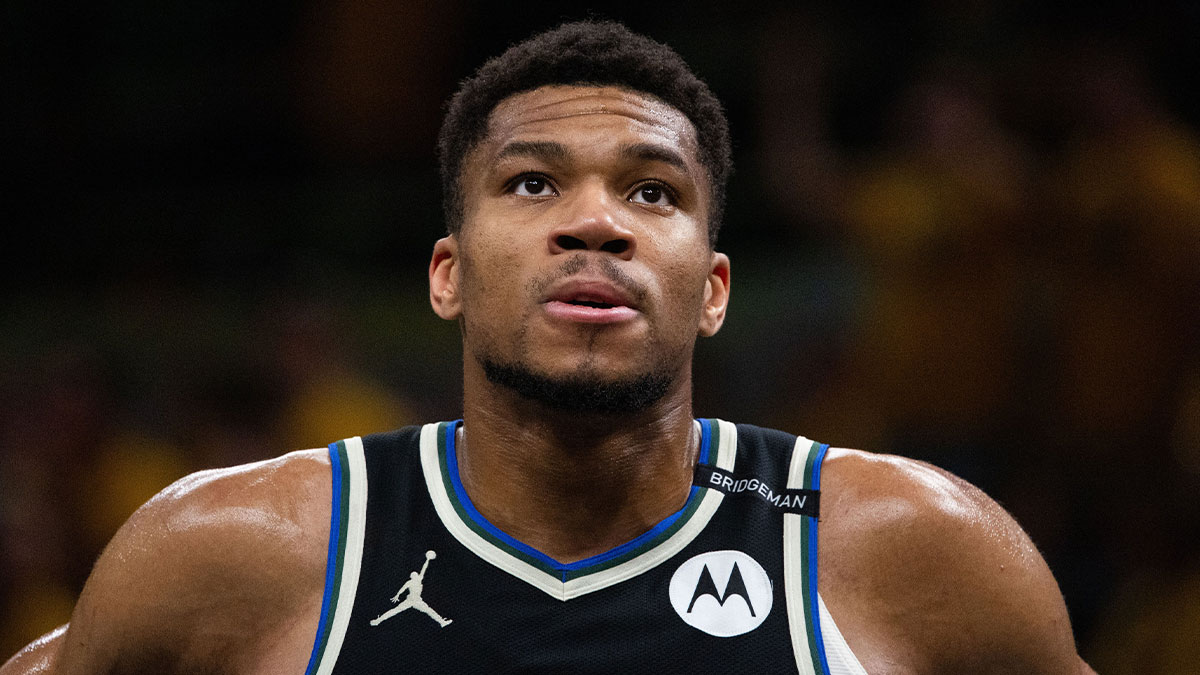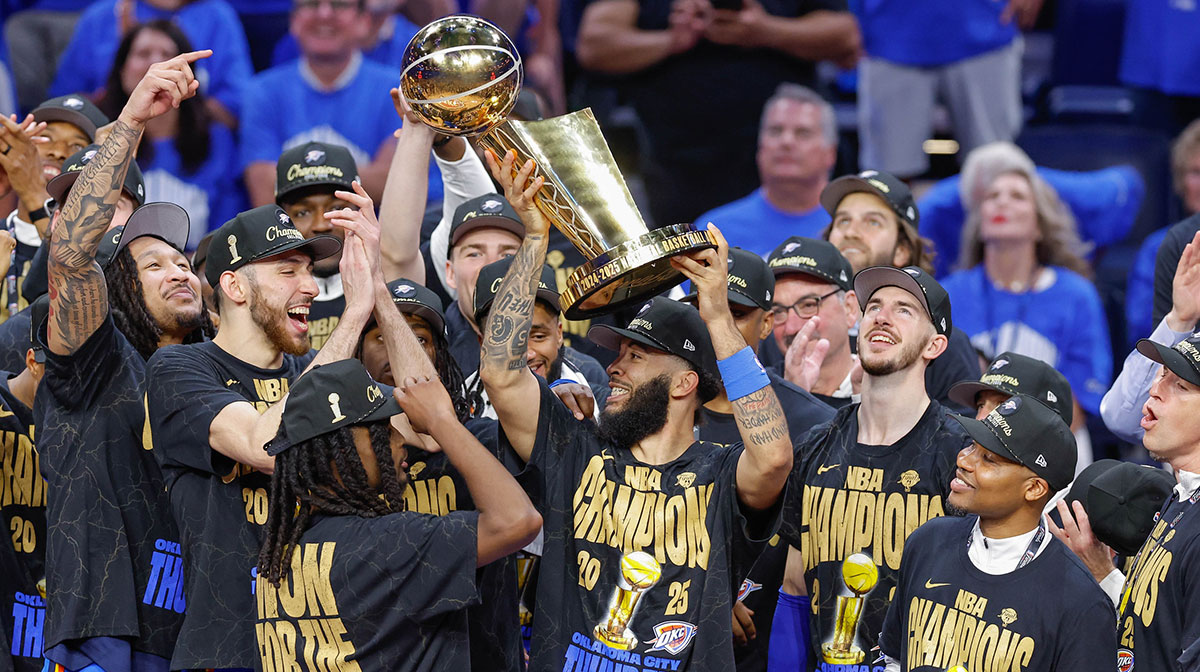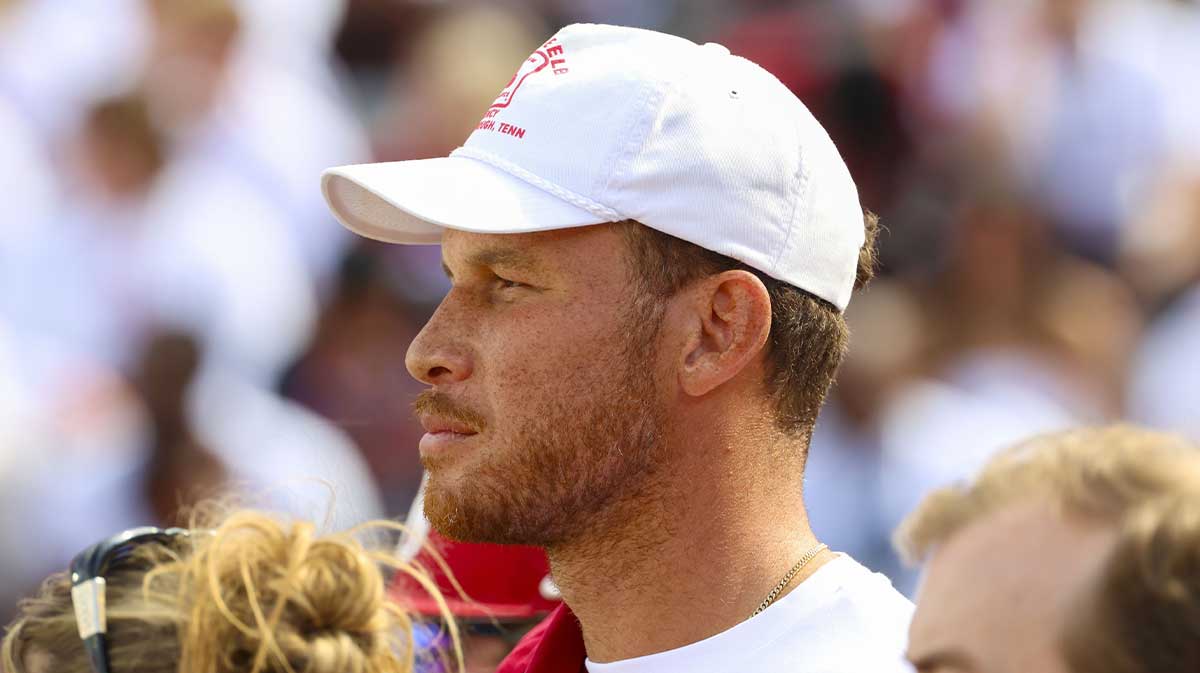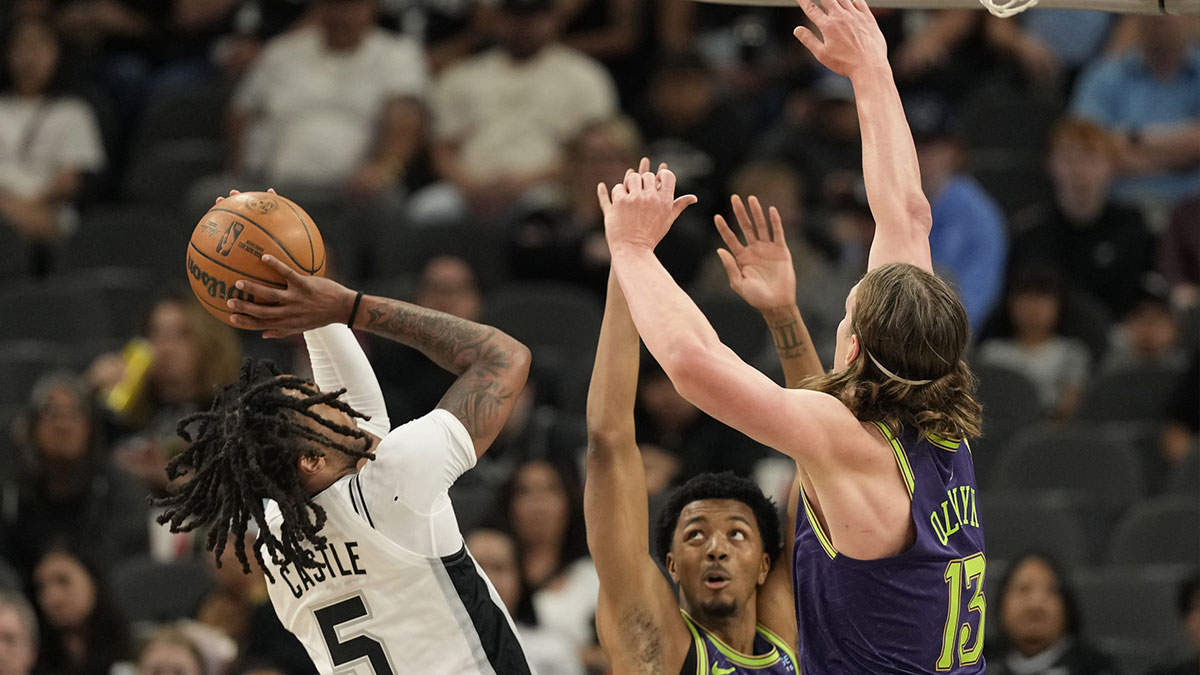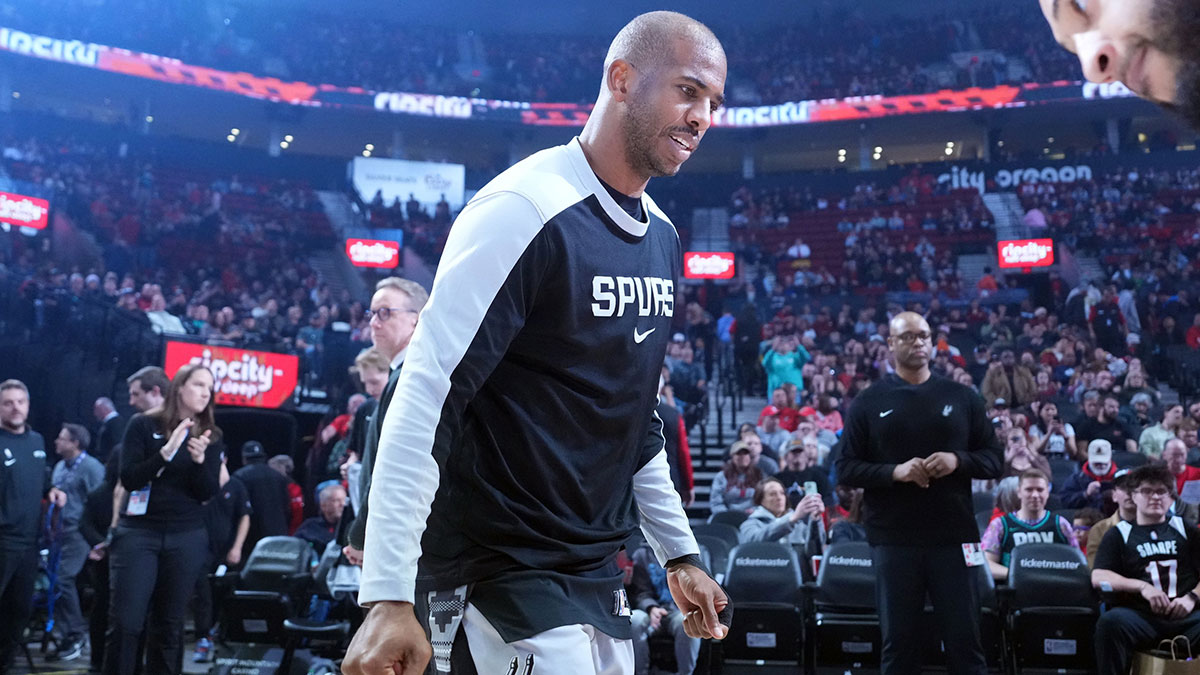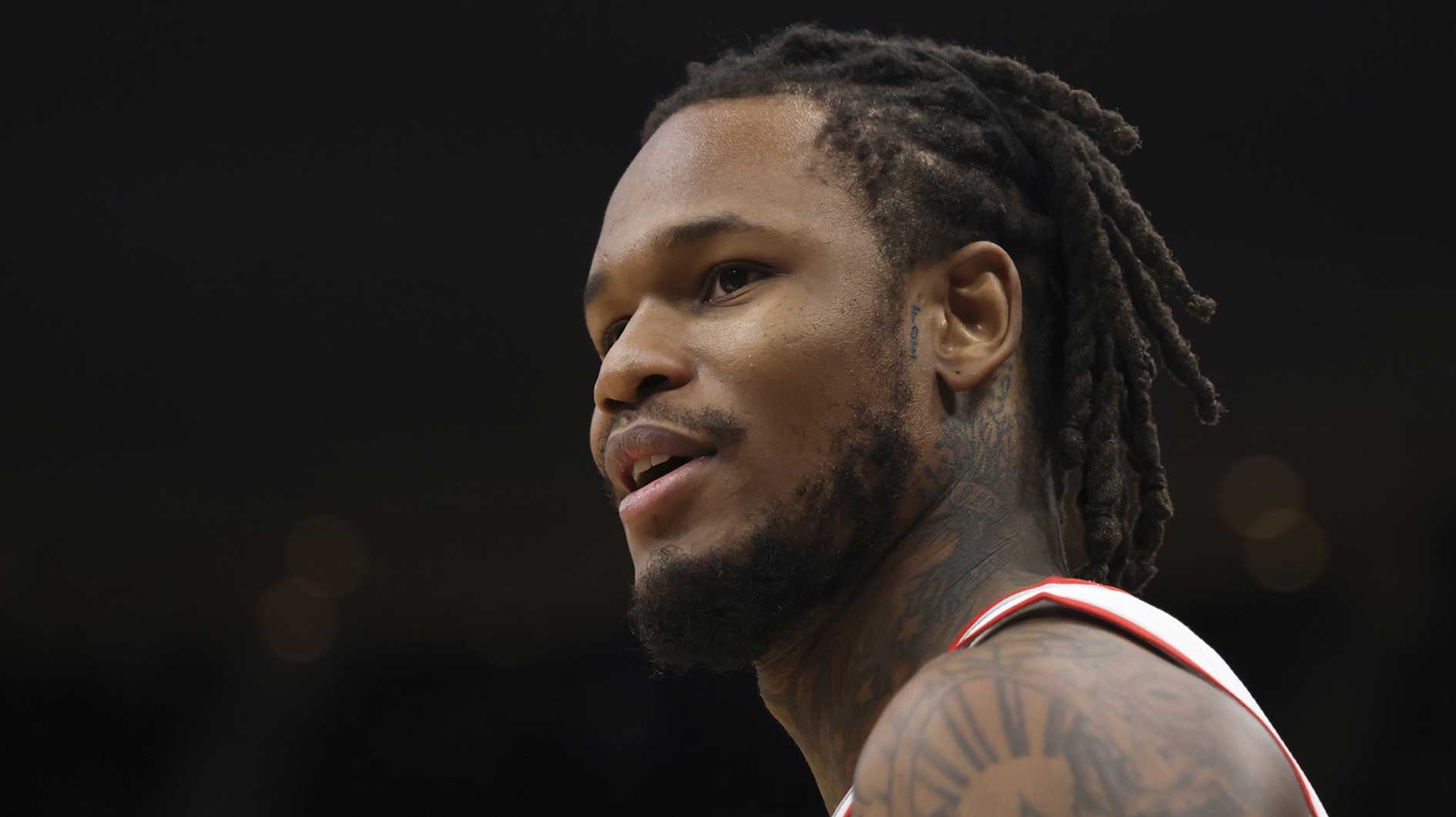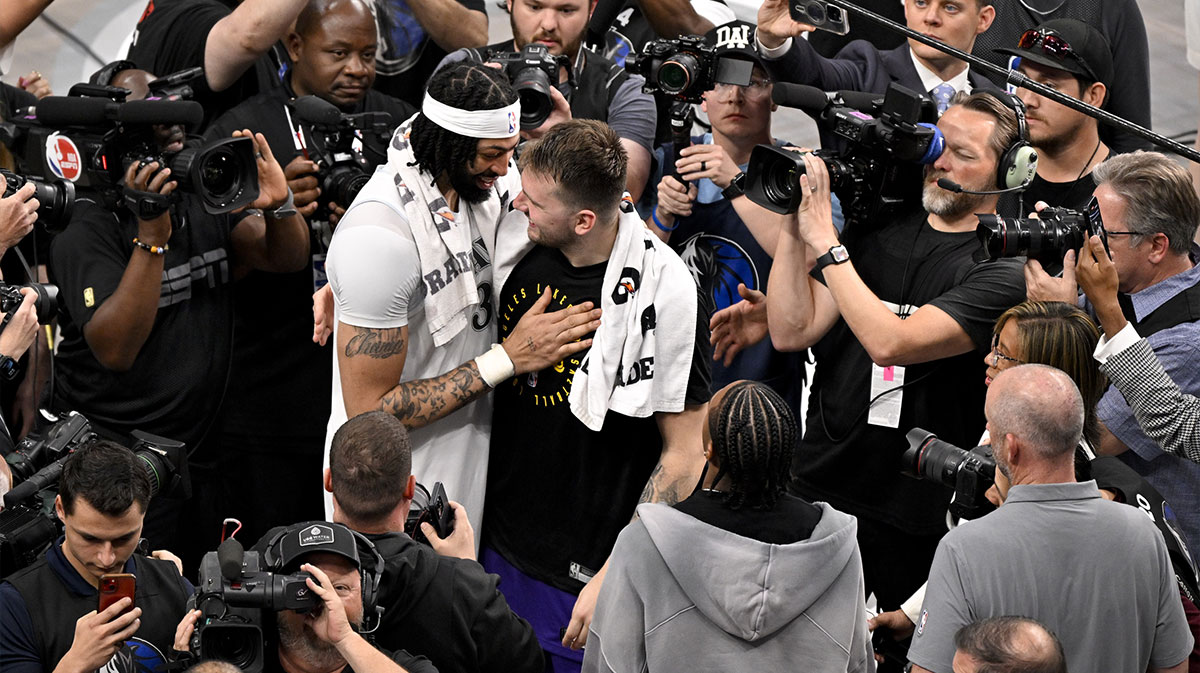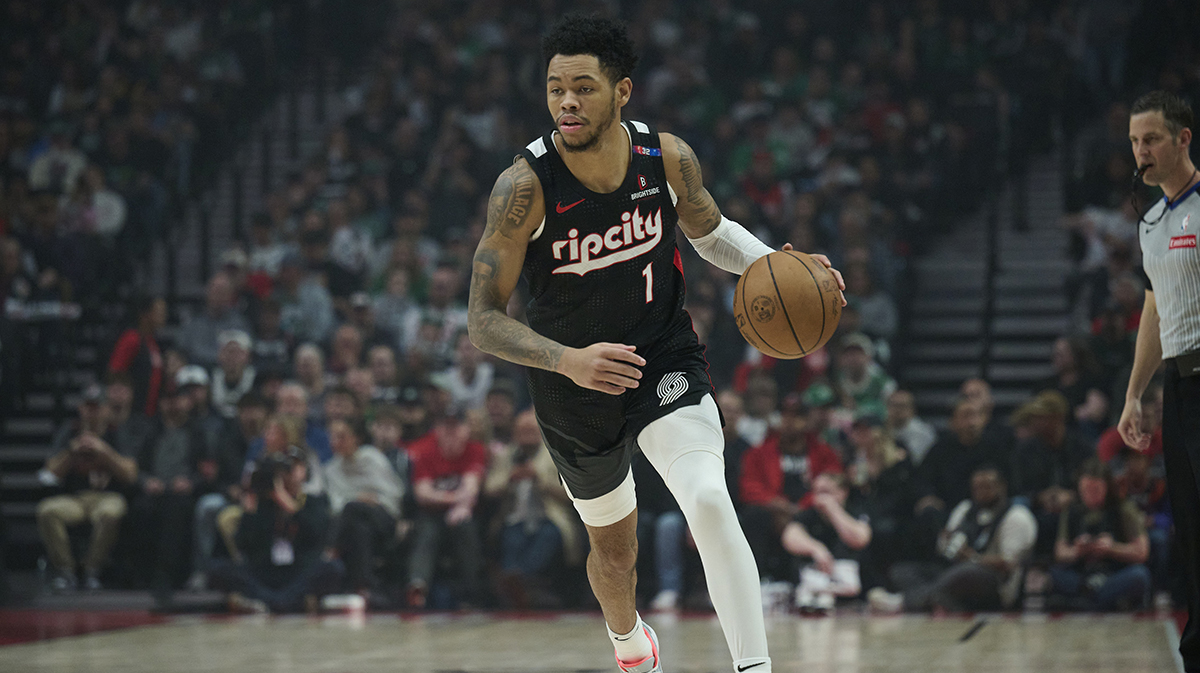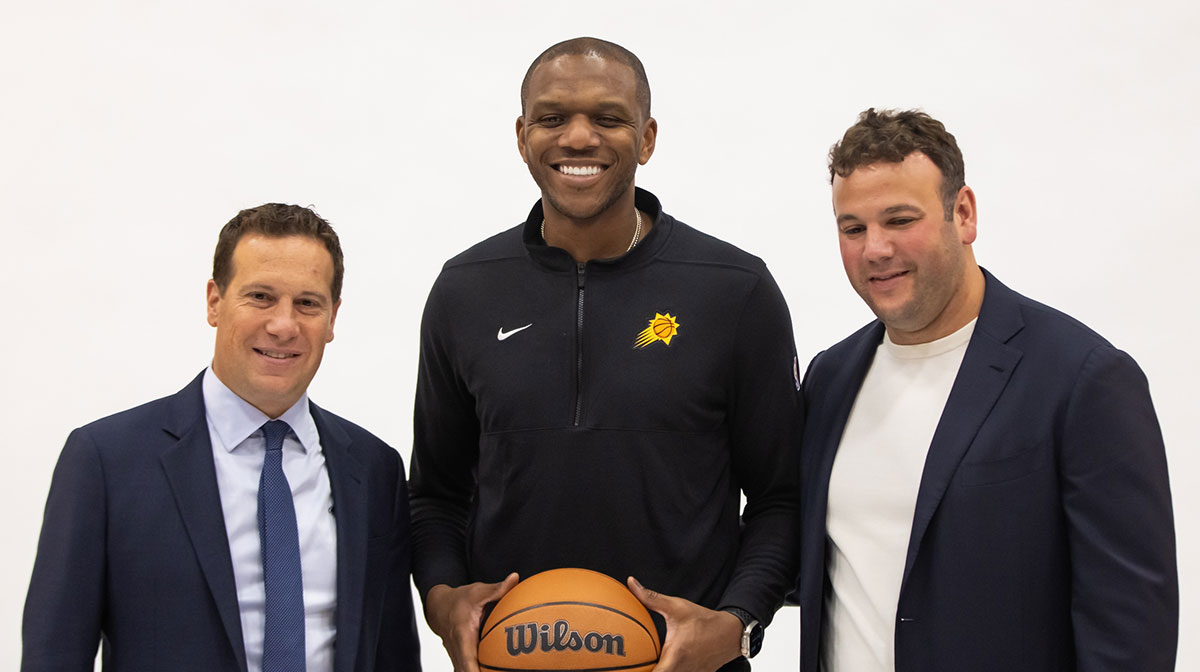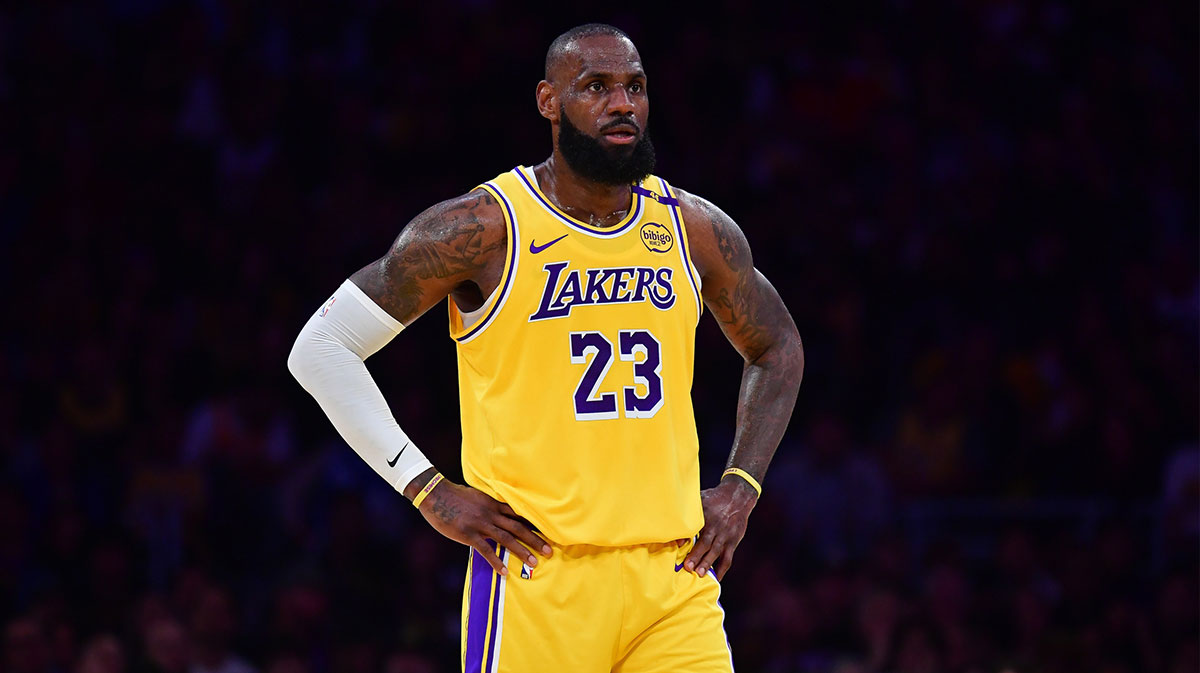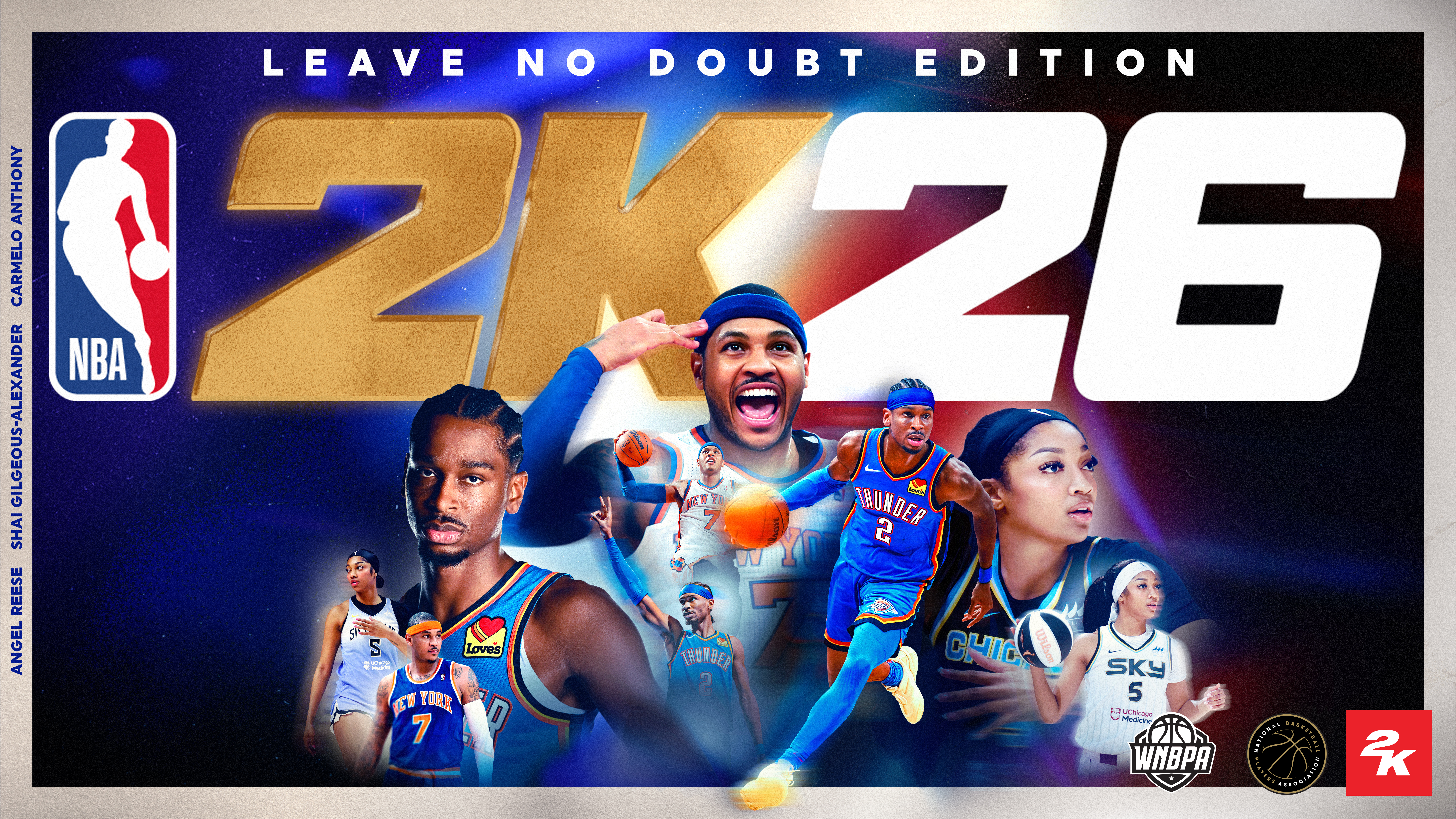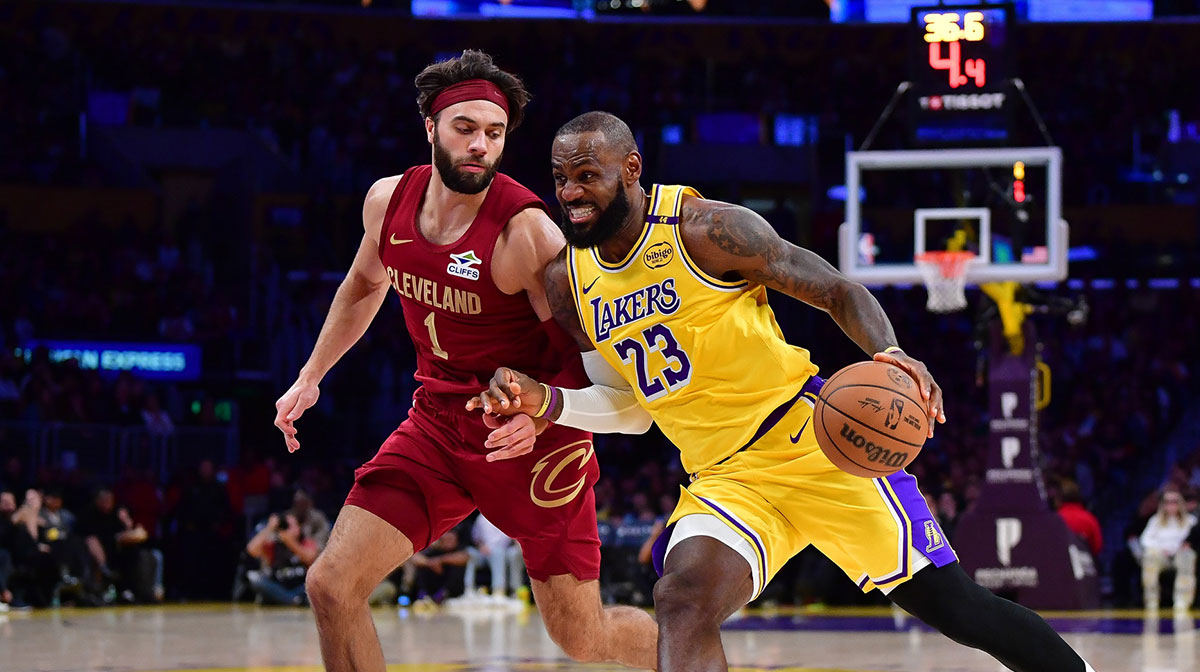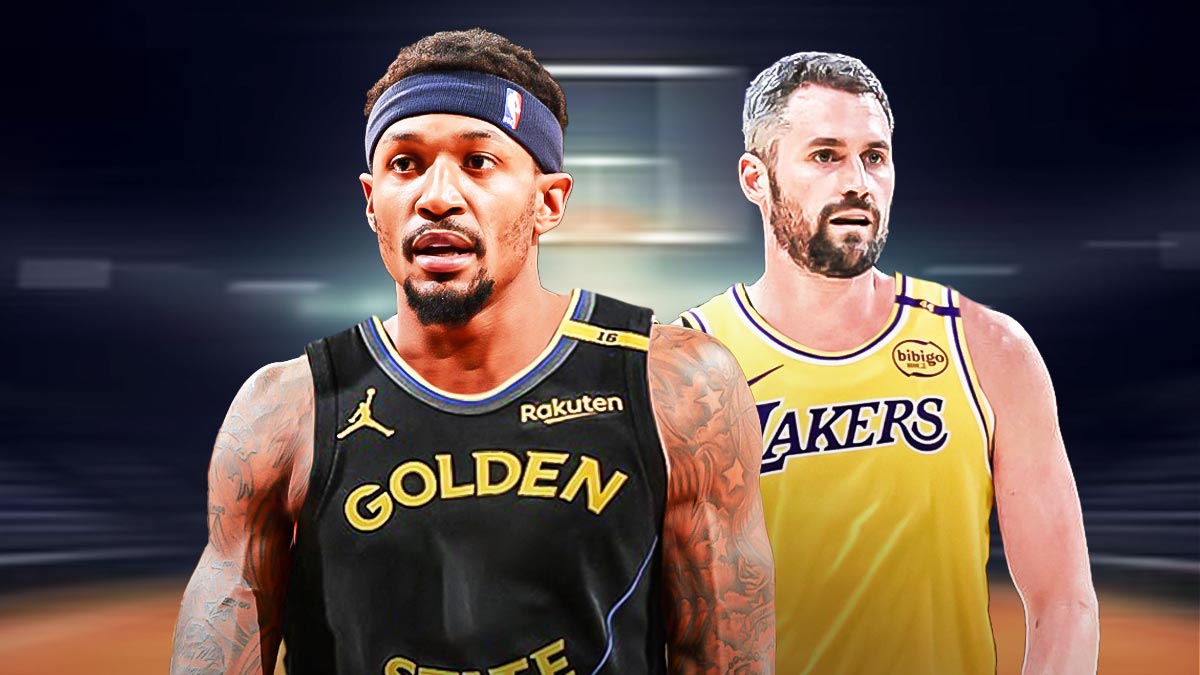As the Los Angeles Lakers’ season dwindles away with hopes of the NBA Playoffs gone, many fans have to wonder what could have been if the franchise had secured Anthony Davis at the trade deadline. Instead of pairing LeBron James with another superstar player, the Lakers instead struggled with chemistry and health in a failed first year.
These chemistry issues, however, could stem from James’ passive aggression himself. Notably, he stomped on social media for the Lakers to pursue a deal for Davis, one that would have surely sent away many of the teams material assets. But also, it would have to involve a sacrifice of some of his teammates who likely did not take kindly to the message. Players like Lonzo Ball and Kyle Kuzma are young, promising experiments, but James’ fight against father time may hinder the franchise’s ability to wait for them to develop.
Although the deadline passed with Kuzma and Ball still on the roster, the Davis cloud will forever hang over their heads until he leaves New Orleans for the Lakers or another team. While young athletes can remain off of their Instagram, Twitter, or Snapchat, negative attention can spread like wildfire. The young Lakers face relentless taunts about the trade situation nearly everywhere they go.
Playing with James brings expectations of postseason success, but we will not see those expectations meet for at least another year. James has been in the playoffs since 2005 and the NBA Finals since 2011, but the Lakers failed to construct a stronger roster in a competitive Western Conference. The criticisms of James’ squads usually center around a central theme: his teammates are not up to par.
At some level, this criticism is correct, but haunting nonetheless. For instance, the Lakers knowingly dangled most of their young players for Anthony Davis with little defense from James, who seemingly edged on the rumors on Twitter around the deadline. And they know this. And the Lakers and James know they know this. It has created a narrative that cannot be squashed completely because it will seemingly survive on social media until Davis leaves New Orleans. It’s the type of passive aggression that creates tension within locker rooms.
James’ teammates are younger than in the past. They are part of a generation that uses social media more than any other age group. Social media has changed the way sports are covered. Large amounts of attention dedicated to professional athletes whether they are on the court or not. Memes and other humor related to the NBA has become a common way of exchanging information about the sport, with sports news outlets joining in on the fun. Yahoo Sports created a video of Scar’s demise from The Lion King, placing James’ face over Scar and the young Lakers’ over the hungry, betrayed hyenas.
It doesn’t stop there. Other stars have been criticized for creating fake social media profiles to defend themselves. Kevin Durant once used fake profiles to debate his critics on Twitter. Former 76ers General Manager Bryan Colangelo was involved in the use of fake Twitter profiles that leaked sensitive information, defending his job with the team, and attempted to dampen the public’s opinion of his own players, making it easier to trade them.
What this shows is that players have become part of a constant media cycle, one that can be rewarding if you’re praised. But what happens when athletes find themselves on the negative end? The Lakers already receive a massive amount of media coverage. But the pervasiveness of trade talks combined with the habits of younger players can produce a seemingly endless cycle that follows. It is not rare for the Lakers to hear chants of “LeBron doesn’t want you.”
It can damage a team’s chemistry when players think they are expendable while still under contract. Perhaps the Lakers can recover next season and still contend with their key pieces. Or maybe, the chemistry issues that come with non-contention on a James' led roster are just beginning.


